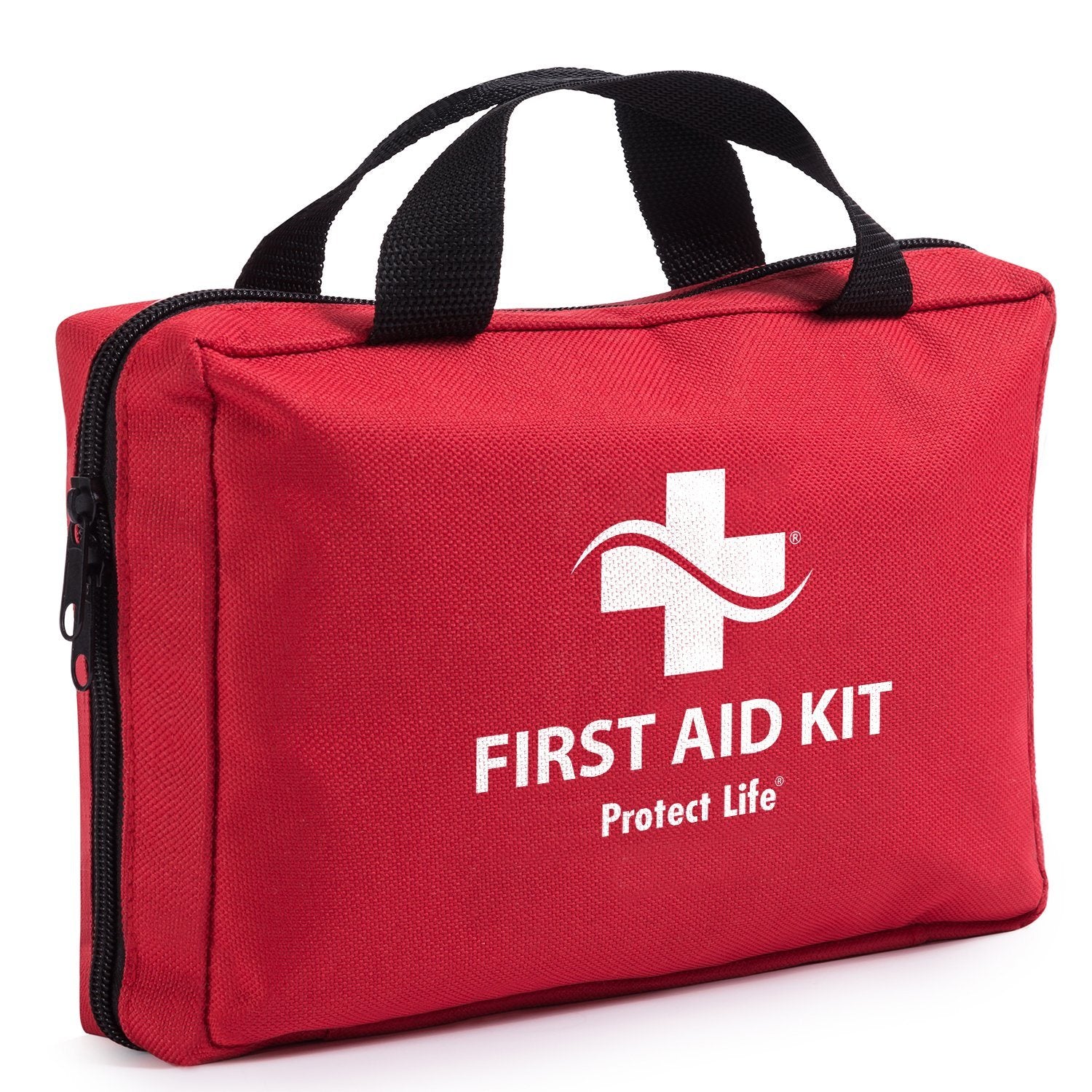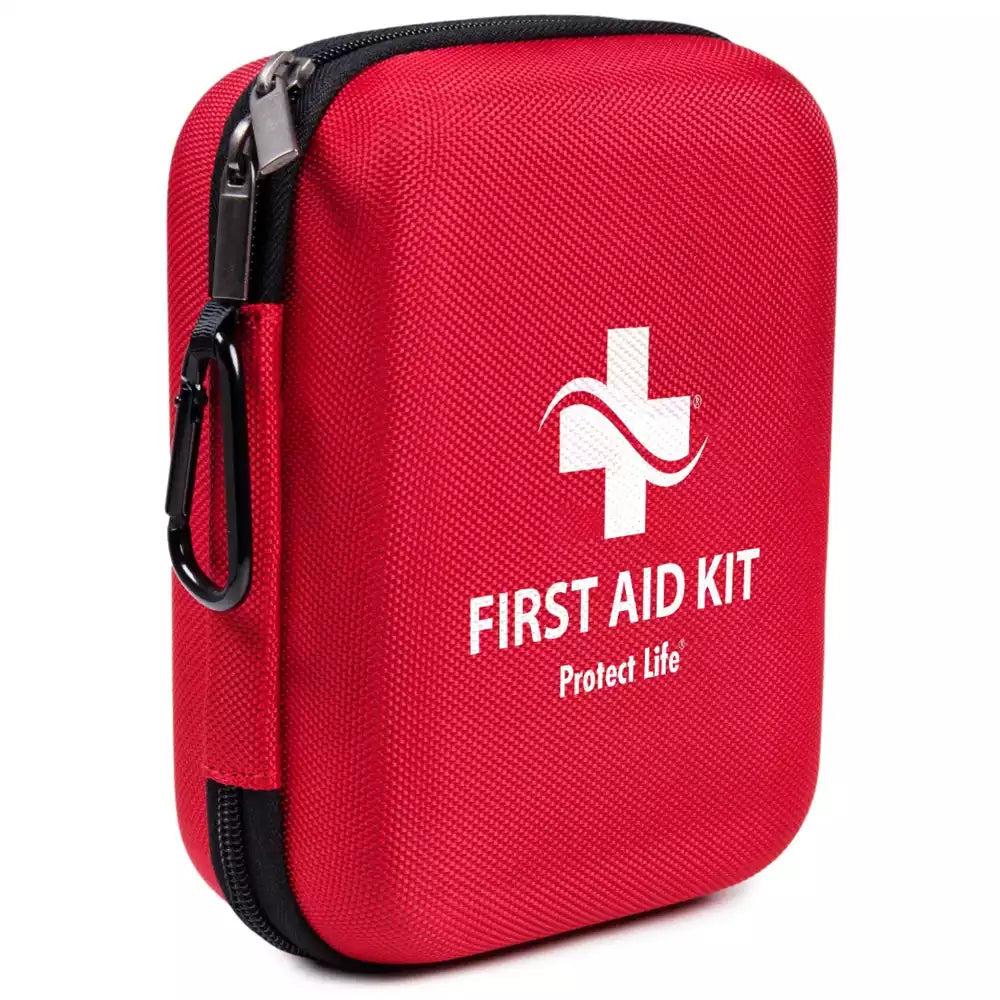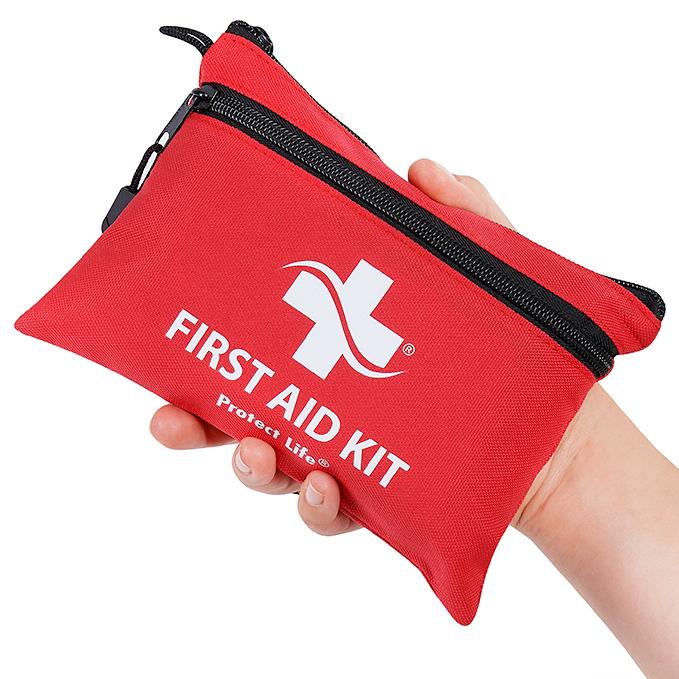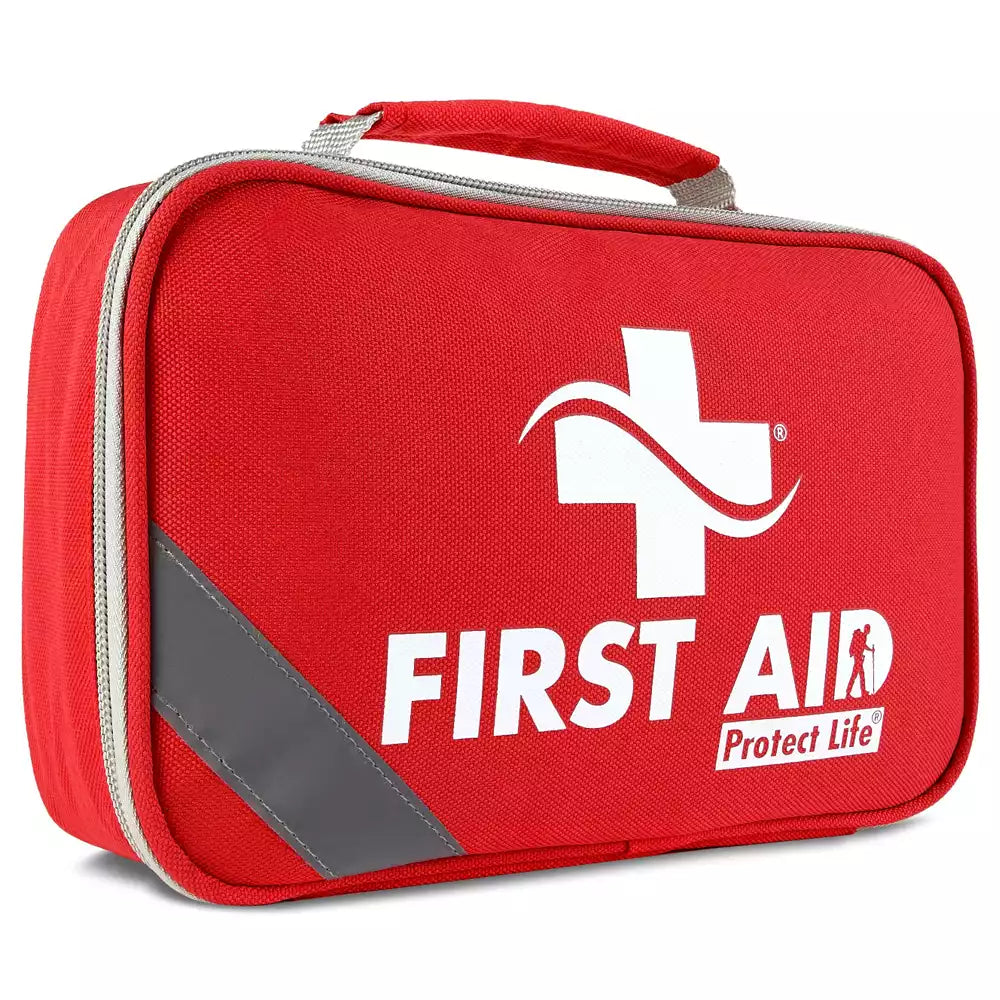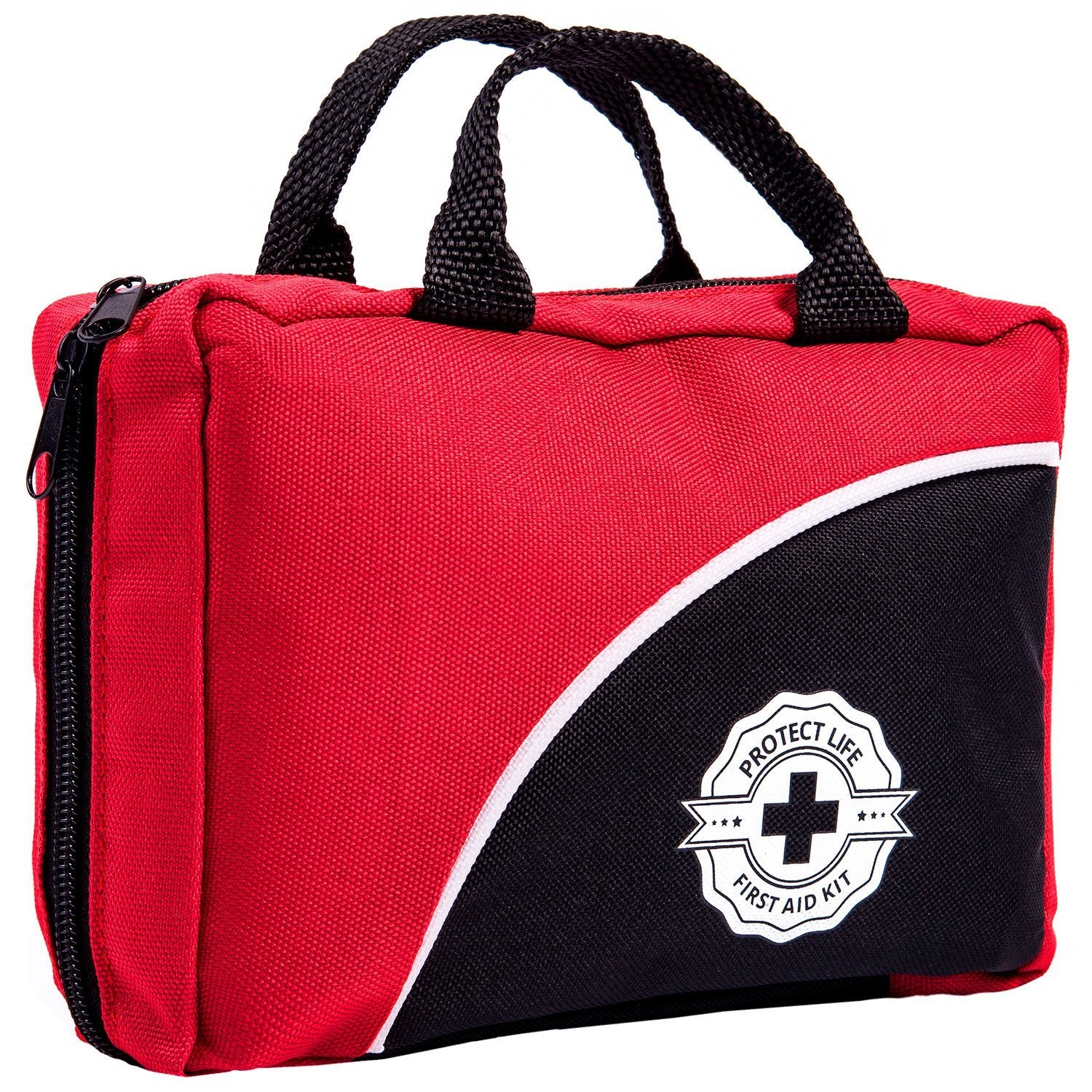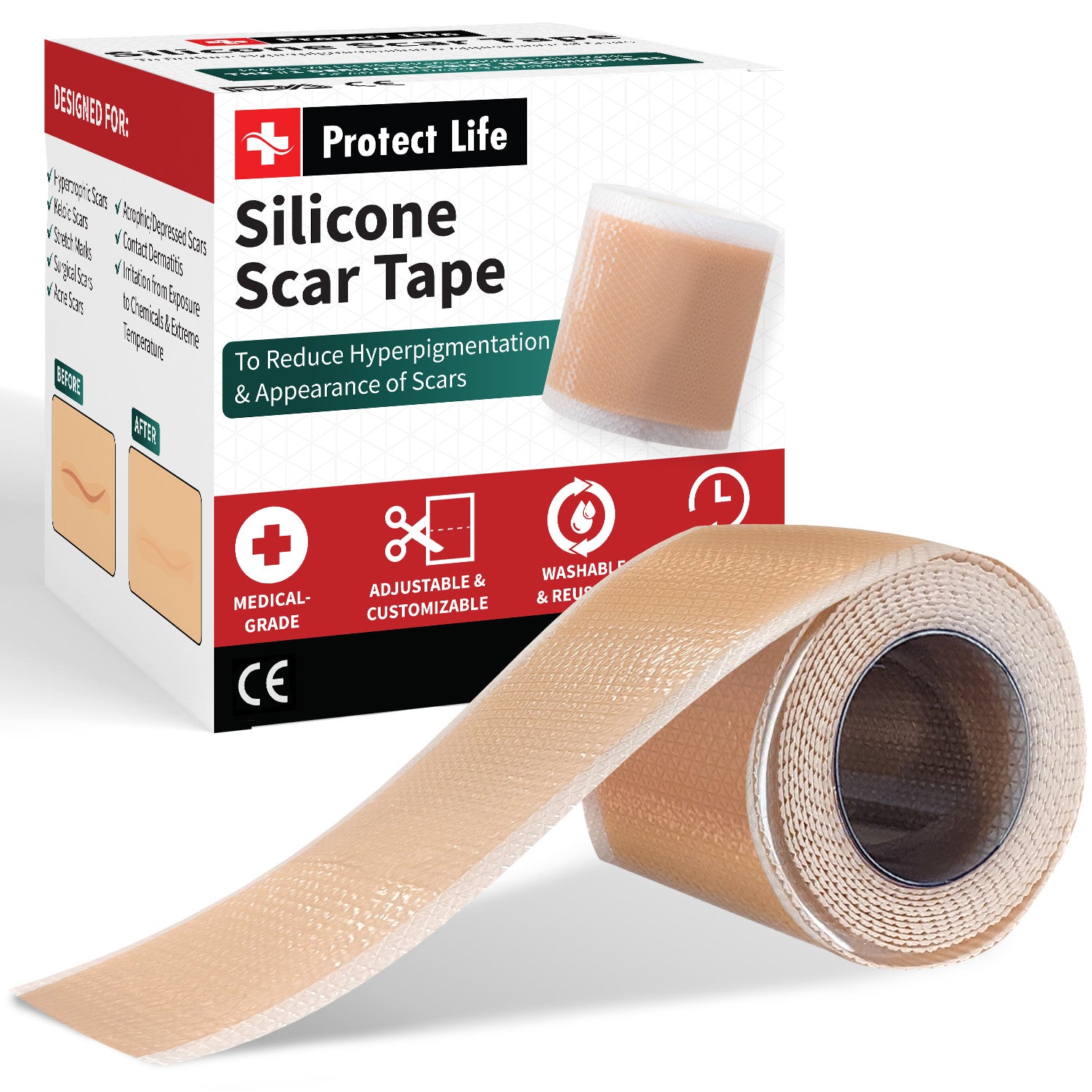With the COVID-19 pandemic that took over the world, masks have become a normal part of our lives. But there are so many options on the market, that it can sometimes be confusing to know which one to choose. First you have the common surgical masks, cotton-made masks, N95 masks, and lately you might have also heard a lot about KN95 masks. While their names are similar, there are a few important differences between the 2. In today’s article, we’ll discuss about these 2 types of masks and find out which one is better for protection against the coronavirus.
Similarities and Differences
The first main difference is that the N95 is the American standard for respirator masks, while the KN95 is the Chinese standard for masks. N95 masks should be NIOSH approved, which means that they need to meet strict requirements imposed by the US National Institute for Occupational Safety and Health.
These standards involve certain required physical properties and performance characteristics, and that’s why not all masks are NIOSH approved. Chirurgical and cotton-made masks are definitely not. During this pandemic, health authorities often involve these standards when making recommendations stating that some groups of individuals should use N95, FFP2, or similar. The standards in different regions are considered equivalent, but the N95 masks are slightly better. Europe has the FFP2 standard, Australia has the P2, Korea has KMOEL and Japan has DS. They are mostly similar, but with small differences that you can find in this table.
When it comes to the protection against the coronavirus and other small particles, both the N95 and the KN95 masks filter out 95% of particles as small as 0.3 microns. The flow rate is similar too, but the inhalation and exhalation resistance are better on the N95 masks (343 Pa compared to 350 Pa and 245 Pa compared to 250 Pa on the KN95). This basically means that you can breathe easier with an N95 mask while having the same protection against the virus. This is an important aspect, especially for healthcare workers and other people that have to wear a mask for extended periods of time.

Both ratings are tested for filtration efficiency at capturing salt particles (NaCl), and both are tested at a flow rate of 85 L/minute. The Chinese government requires manufacturers to run mask fit tests on humans, while the NIOSH does not require this. But don’t worry, because the N95 masks still fit tightly on someone’s face, and many hospitals and companies do fit tests on their workers.
As mentioned earlier, the N95 masks have slightly stricter requirements for pressure drop while inhaling, and pressure drop while exhaling, which makes them more breathable than KN95 masks.
The Problem with the KN95 Masks
In theory, KN95 masks should be almost just as good and offer the same protection as N95 ones, so the CDC and NIOSH have authorized the usage of KN95 masks when N95 ones are not available. And since there is a very high demand for N95 masks and not enough is produced, US authorities have spent millions of dollars on KN95 masks.
Even though the Chinese masks should go through a face-fitting test, doctors in the US have confirmed that the KN95 masks feel different and feel looser. Experts are now investigating ways on how to make the KN95 masks seal tighter on the face, and say that these masks are more likely to be used as regular surgical masks (which do not offer the same protection).
While authorities still have to find solutions for healthcare workers, regular people that don’t need huge quantities of masks should always buy N95 ones from a trusted source, such as Protect Life.



